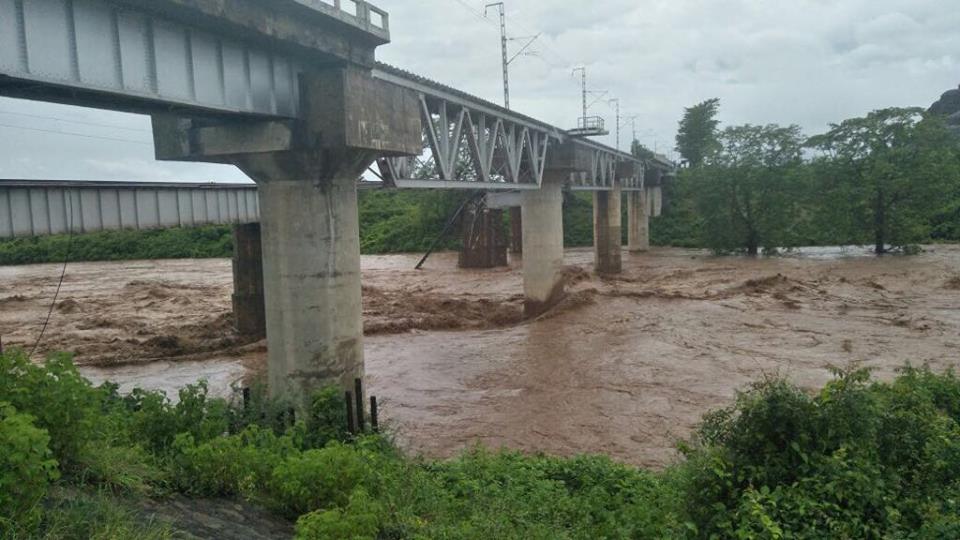More Floods Predicted As Climate Change Altering Ganga’s Flow: Study

New Delhi: Human activities have already wrecked havoc on nature resulting in drastic climate change. The recent unprecedented rains and floods in Tamil Nadu are a case in point.
A new study hints at more floods from the Ganga basin as human activities and climate change alter its water flow. The study by the Indian Institute of Science (IISc) and the Indian Institute of Technology (IIT) Kanpur, published in the journal Scientific Reports, provides insights into how climate change and human activities like building dams affect the region. It analyses the effects of past human activity on the mountainous regions, focusing on two significant tributaries, Bhagirathi and Alaknanda, which merge at Devprayag to form the Ganga.
The western tributary, the Bhagirathi, originates from the Gangotri glacier and the eastern tributary, the Alaknanda, begins from the Satopanth glacier. At Devprayag, both tributaries join to form the Ganga. Researchers studied the Upper Ganga Basin (UGB) up to Rishikesh. Four dams in the Bhagirathi basin began operations before 2010, while two in the Alaknanda basin became operational after 2015.
The Alaknanda basin has experienced a doubling of water flow from 1995 to 2005 with an increase in the rate of flow of water, termed extreme flow. Researchers predict an increase in the magnitude of these extreme flows and the occurrence of floods in the Ganga basin.
Researchers further suggest that the building of dams in the Alaknanda region coupled with climate change have modified the water activity as dams and reservoirs have influenced the sediment transported by the rivers. The lack of sedimentation in the downstream Ganga basin has altered the river’s morphology.
The Himalayan region is one of the worst affected by climate change in India. Increasing numbers of dams and reservoirs on these freshwater sources has severely impacted the ecological processes in the Himalayan River basins.
The study reports that the Tehri dam plays a crucial role in the upper Ganga basin region. Being a large reservoir and flow control structure, it blocks sediment flow from upstream and controls the volume of water that flows downstream.
However, advances in technology and new types of hydraulic structures can be used to mitigate the effects of the changing river flows. “We do not have control over what happens in the atmosphere. But on the ground, we have control. Flows can be predicted using hydrological models. With this knowledge, we can develop both structural and non-structural responses to mitigate such high flows,” Pradeep Mujumdar, Professor in ICWaR and a corresponding author of the paper, said in a statement.

Comments are closed.